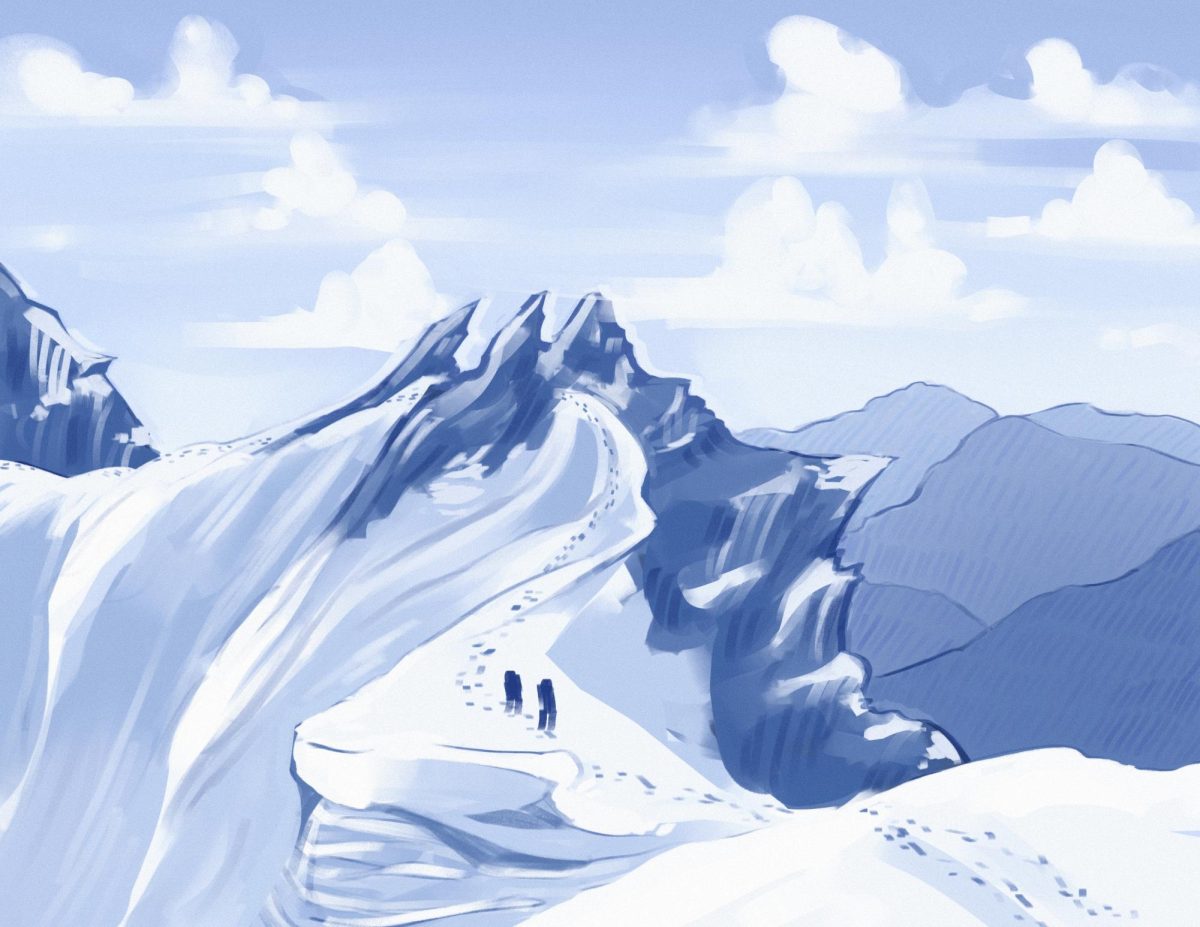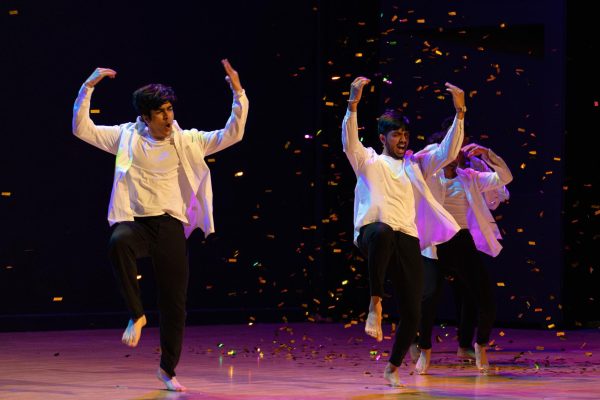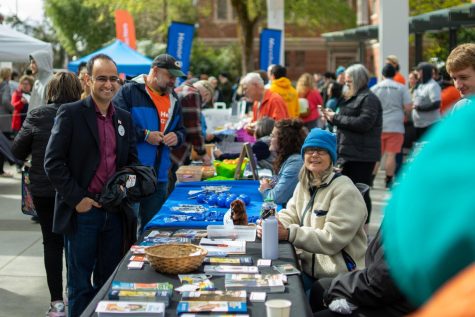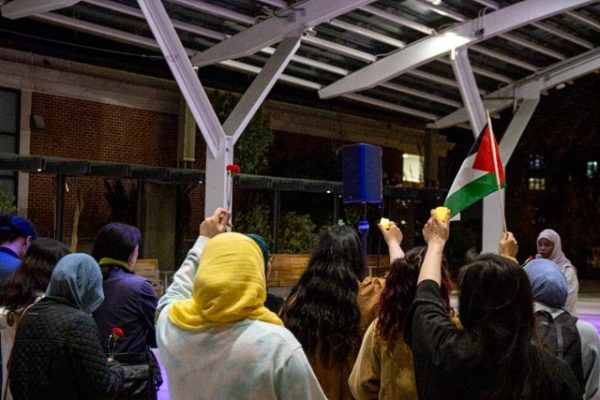OSU Sesquicentennial Oral History Project aims to capture the past through collecting stories
October 31, 2016
The tunnels moan under the pressure of the ground above. Sounds echo, bouncing crisply from wall to wall. A cold tension fills the air.
Someone was murdered in the catacombs underneath Sackett Hall.
The story has been told again and again. Kathy Parks was attacked by serial rapist and murderer Ted Bundy in May of 1974, and left for dead in the catacombs.
But it didn’t happen.
The truth is Kathy was never attacked on campus, and there’s no catacombs beneath Sackett Hall. The story is fabricated, historically inaccurate and a product of years of misinformation and assumption.
These are the types of rumors that oral historians aim to clarify, and the types of mysteries they aim to illuminate.
“You can’t accept what you hear as fact, it’s just a point of view,” said Chris Petersen, project lead for the OSU Sesquicentennial Oral History Project. “But facts can be
hard to identify.”
This unique approach is what drives the Oregon State University Sesquicentennial Oral History Project, a project celebrating the school’s 150th anniversary in 2018. The goal of the project is to record the history of OSU through the stories of both alumni and current students.
“I usually don’t know the person,” Petersen said. “But I’m asking them questions no one has ever asked them before.”
Public Historian and Archivist Michael Dicianna heralded the opportunity this project provided to study historically underrepresented groups on campus and around the community. This work can be seen in the black railroad porters presentation put together by the Oral History Project earlier this October.
Dicianna said without the stories of the porters being recorded by archivists, the struggles of being a black porter in the Pacific Northwest may have been lost forever. Now they can be used as
tools for learning.
The project is interviewing current students, asking them about their struggles and beliefs. Dicianna said college campuses are reflections of the world around them, the documentation of students today, despite how mundane their lives may appear are vital aspects of understanding this era, both for future
Beavers and historians.
Speaking to how history becomes warped as it is told over time, Petersen said people seek to explain the unexplained and to inject spectacles into their boring lives. This, he warned, can create some historical inaccuracies
in the community.
“Memory is a very slippery thing,”
Petersen said.
Petersen also noted that personal accounts come with personal biases and can be subject to nostalgia.
“All historians come with a point of view,” Petersen said. “Oral history is a record of what happened, and what people think happened or maybe what they
wanted to happen.”
Oral history, Petersen argues, is a one sided conversation about the story of a person’s life, a sort of unofficial record of the good and bad of his or her life and times, and gives texture to the largely featureless stories of history.
In his interview Petersen was able to ask questions such as, “What was Linus Pauling like to hang out with?” and “What was it like on campus the day after Pearl Harbor?”
It is that uniqueness that permeates oral history, and what has drawn Tiah Edmunson-Morton, archivist and curator for the Oregon Hops and Brewing Archives, to oral history,
“I had this ‘a-ha’ moment that I was creating something special,”
Edmunson-Morton said.
Edmunson-Morton explained that oral history adds another dimension to the typical paper documents. As opposed to just focusing on bigger names in history, she said she liked to focus on people who haven’t had their stories told.
Petersen completes this thought through his description of the “texture” of history. History is not just actions of important men and women in power. It is also the human experience of the commoner during that time. It’s one thing to understand the implications of Pearl Harbotr, it’s entirely different to hear someone give a first hand account of the sullen faces and silent halls of OSU the next day.
Dicianna explained that Oregon State and its students and faculty reflect the culture of the times. Essentially, OSU mirrors the world outside of the borough of Corvallis; its fears and hopes, its motivations and failures. Dicianna reasons, then, that the stories that are told, the oral history that is created, reflects the community.
“Oregon State is just a mirror of the culture,” Dicianna said.
The stories OSU tell today, of overtime victories over Cal, of Clown Hunting Mobs, and of everything in between textures the fabric of the history on campus, defining the culture for a new
generation of students.






















































































































